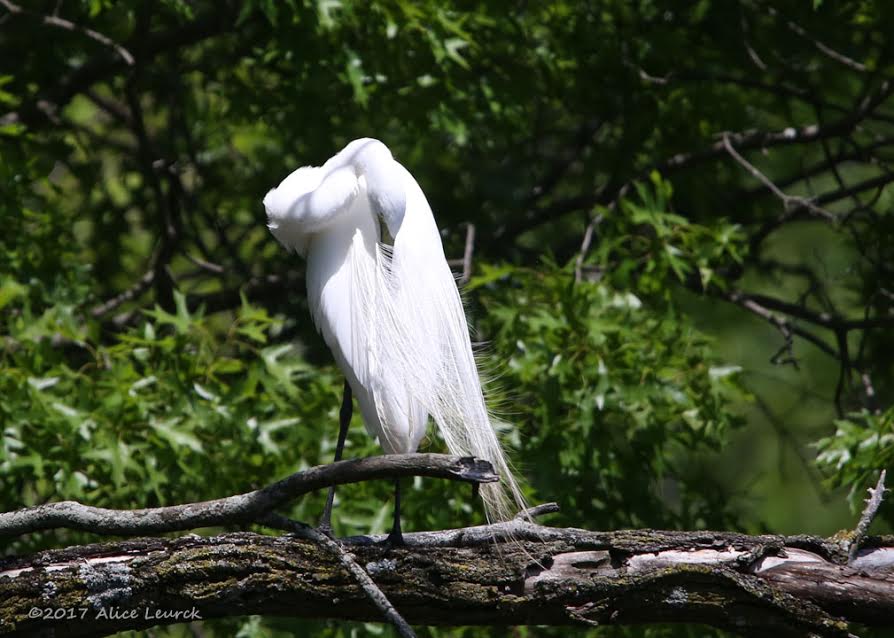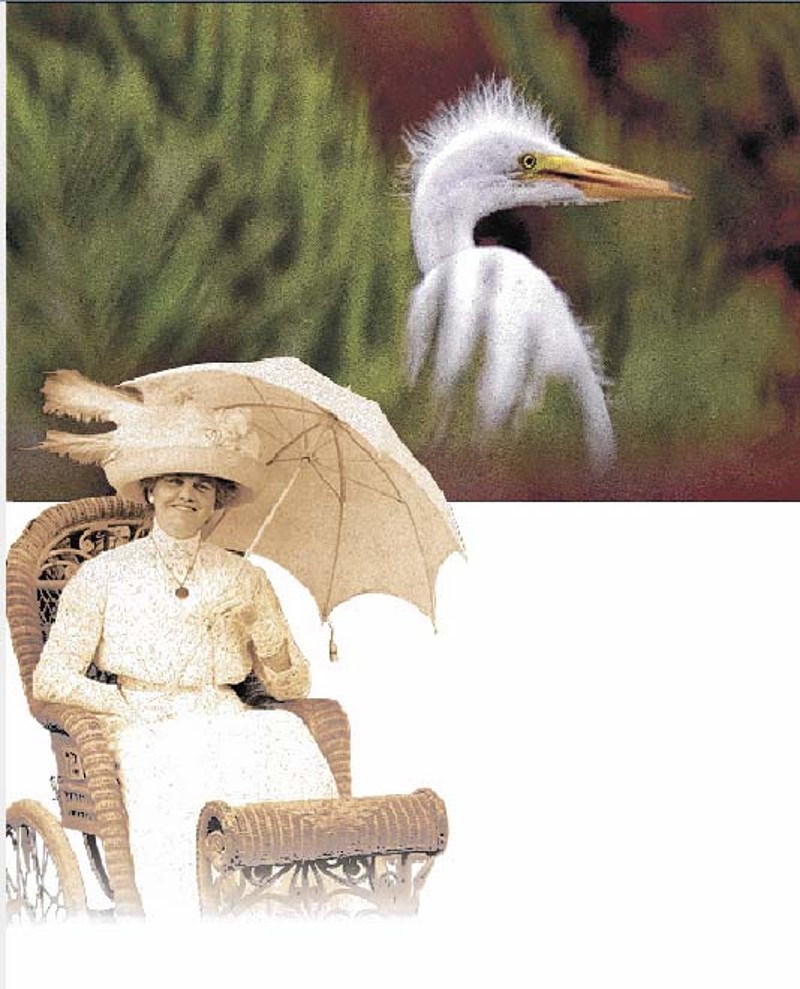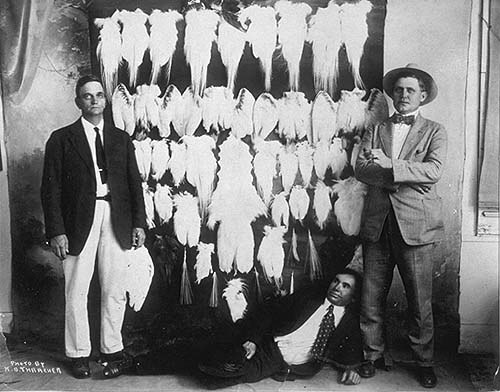The Great Egret, the iconic bird of our Meadowlands, has returned once again to welcome all who visit special places such as DeKorte Park and Mill Creek Marsh. The Egrets, Herons, shorebirds, raptors and the over 200 species of birds seen in the Meadowlands have become the symbol of a healthy environment, one that has returned from the brink, like many of the birds it now embraces.
I love to watch the faces of newcomers when a Great Egret glides low overhead for their very first time. I know it is something that will stay in their hearts forever. But that experience almost didn’t become a reality. In fact, birds like those we cherish in the Meadowlands today were almost gone forever if it were not for a law passed 100 years ago: the Migratory Bird Treaty Act.
Long before the Endangered Species Act and the Clean Water Act, laws that were key in bringing back many birds to the Meadowlands that we enjoy today, there was the Migratory Bird Treaty Act of 1918.
By the late 1800’s birds like the Great and Snowy Egret were being killed by the millions for their feathers. Their beautiful plumes and even entire birds were used to adorn women’s fashions. Unregulated hunting had also gone unchecked and had already caused birds like the Passenger Pigeon, the Labrador Duck and Great Auk to disappear forever, and continued to bring many others to the edge.
Many Americans at the time could not understand that bird populations were not inexhaustible and that they were disappearing at an alarming rate. But some people did become alarmed and that awakened conservation groups like the fledgling National Audubon Society that stepped in to bring a halt to the carnage and push for federal laws that saved our birds.
Very simply put the MBTA makes it unlawful to pursue, hunt, take, capture, kill, possess, sell, purchase, barter, import, export, or transport any migratory bird, or any part, nest, or egg of any such bird, unless authorized under a permit issued by the Secretary of the Interior. Take is defined in regulations as: ‘pursue, hunt, shoot, wound, kill, trap, capture, or collect, or attempt to pursue, hunt, shoot, wound, kill, trap, capture, or collect.’ ”
The MTBA is the law that protects the Robins in your backyard as well as the Bald Eagles that have now made a triumphant return. It makes it illegal for your neighbor to kill or capture a backyard Cardinal and has saved the Wood Duck and the Sandhill Crane.
We now enjoy the benefits of a law put in place 100 hundred years ago. Today the dangers to our birds have changed but the threats, though at times more complex, continue to this very day, putting the future of our bird populations at risk once again.
The next time you visit our Meadowlands and witness the grace of a Snowy Egret and the elegance of the Great Egret remember that things could have been very different in our Meadowlands and everywhere else. Yet today the Migratory Bird Treaty act is in danger itself, threatened like the birds it has saved and protected .
In this special “Year of the Bird” we need to let our elected officials know we care about this important law for not only the future of our birds but also our children and grandchildren so that they will experience the love of nature and especially our migratory birds the same way we have for years to come.
For more on the MTBA go to http://www.audubon.org/news/the-migratory-bird-treaty-act-explained
MTBA under threat: http://www.audubon.org/news/the-law-protects-our-birds-dire-threat




